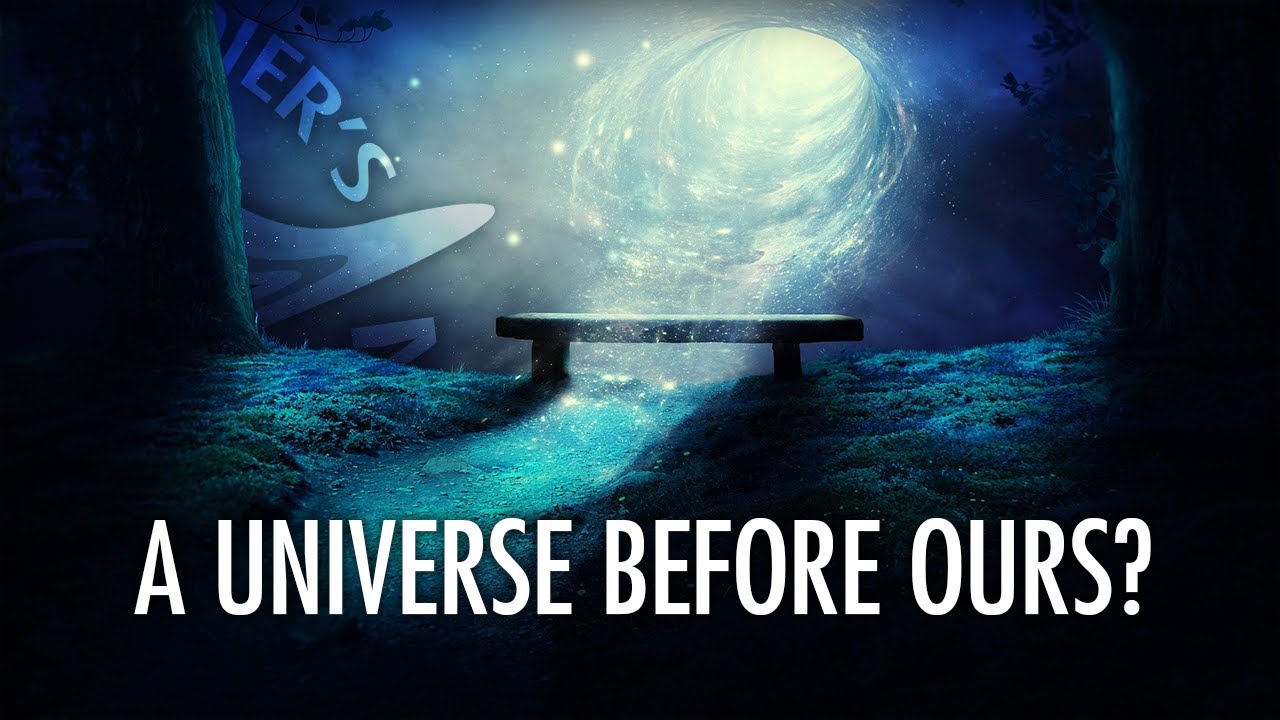Prof. Lewis’s book is Where Did the Universe Come From? And Other Cosmic Questions.
I am far behind the times on these kinds of issues – 87 years, to be precise – currently reading Richard Tolman’s 1934 book titled “Relativity, Thermodynamics, and Cosmology”. However, Prof. Tolman would probably have been quite unsurprised by most of the contents of this podcast – although he might have raised an eyebrow at the concepts of Dark Matter and Dark Energy, and the idea of simulating a Universe would have been so far in advance of the tools of his time as to be unthinkable.
Tolman was rather firm that, with the observational information at his disposal, there was then no real knowledge about the Universe beyond 100 Million Light-Years from Earth (or 100 Million years in the past). Today we have better telescopes, and perhaps we are also more adventurous in our extrapolations.
Looks like I will have to buy Prof. Lewis’s book and catch up with the modern world.
We are also quite farther along in math, allowing us to make educated guesses better. eg., we can measure that our universe IS expanding, as if from the Big Bang Theory. We can then extrapolate about how long it will take to cool beyond life’s ability to survive. So there appears to be a “use-by date”.
We are certainly further along in our ability to handle arithmetic, giving us much more ability to model complexities than was available in Tolman’s day. And there are observations available today, such as the cosmic microwave background radiation, which were not available in the 1930s. However, key observations such as the red shift and its linear relationship with distance were known a long time ago:
“In the case of extra-galactic nebulae, the nearly universal occurrence of spectral shifts toward the red was made evident at least as early as 1922 by the pioneer work of Slipher …” (p. 454).
In describing the simple model of the cosmos which Tolman was able to construct using relativistic theory, he noted it was consistent with an expanding Universe:
“As a third very important feature of the model, we have its unstrained explanation of the observed red-shift in the light from the nebulae as due to a mutual recession of these objects.” (p. 479).
As a careful scientist, Tolman concludes:
“And it is observation rather than hypothesis that must dictate the final nature of our cosmological theory.” (p. 482).
We certainly have learned a lot more details in the past 80+ years, but has the Big Picture really changed that much?
Just in clarity.
